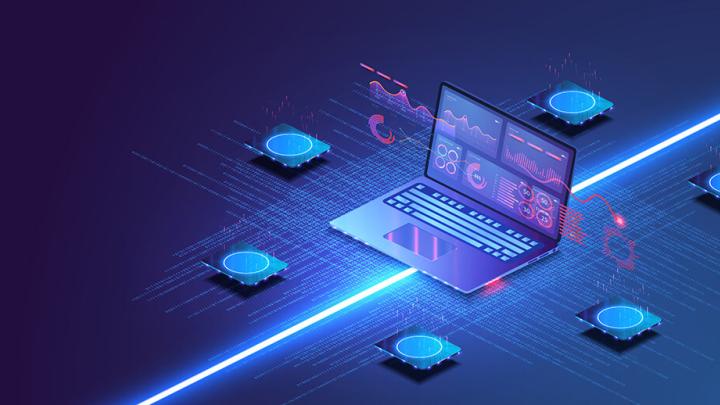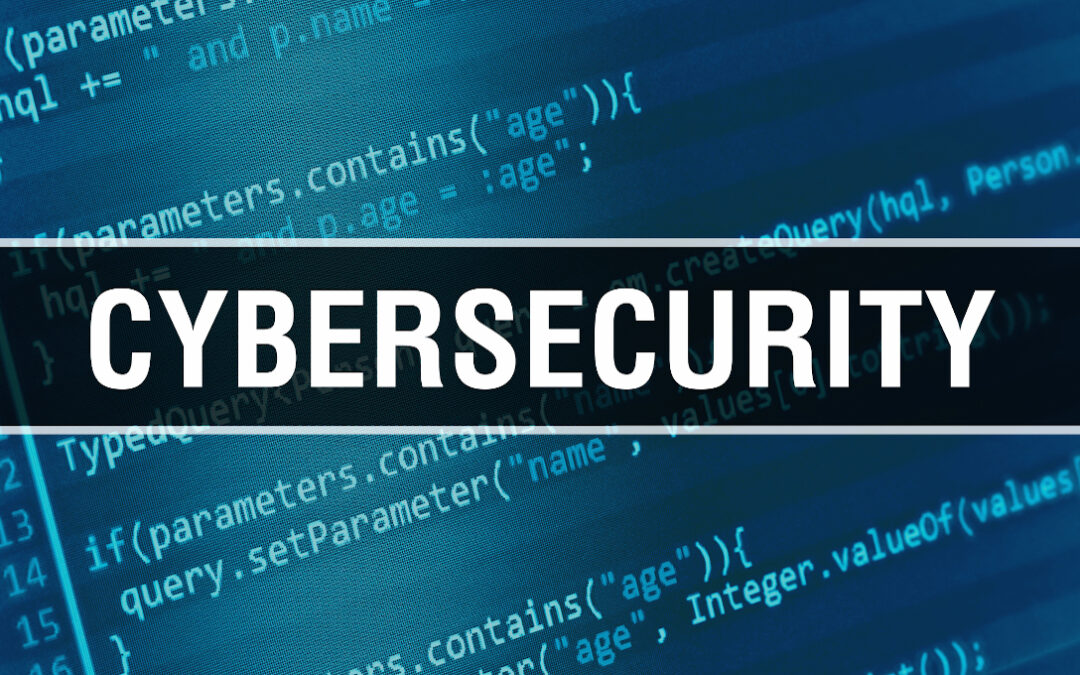When businesses properly use data, they grow because data becomes the new fuel for their growth engine. In contrast, most organizations either lose their competitive advantage, suffer major losses, or even close down when they are subjected to cyber-attacks or when their sensitive data is exposed or held hostage.
Unsurprisingly, The World Economic Forum names cyber dangers as one of the biggest threats to contemporary firms in The Global Risks Report 2022. Data breaches are expected to cost organizations a record amount in 2022, according to research.

Cyber hazards, such as data breaches and ransomware attacks, are frequently caused by inadequate security measures and inevitably result in losses. The most common causes of cyberattacks include application vulnerabilities, cloud infrastructure configuration errors, outdated or unpatched servers, improper data handling procedures, and a lack of educated employees.
Data security is an accelerator rather than a speed limiter.
Some people view data security as a speed limiter that limits the expansion of their organizations. This is untrue; instead, by implementing the proper procedures, data security can serve as a “accelerator” that keeps organizations ahead of the competition. And here are the measures that companies may take to guarantee that data security does prove to be a growth accelerant:
Identifying the entire data life cycle within the organization is the first step in safeguarding the data.
This involves identifying:
- Various types of data are used within the organization, such as text files, images, audio, video, designs, and source code.
- Various sources are generating the data (users, applications, and machines).
- Various personnel has access to the data.
- Various applications are processing and storing the data.
The second step is to classify the data and map how the data flows within the organization.
This involves:
- Labeling the data based on sensitivity.
- Ensuring that data flows are mapped across different business processes.

Examples of information that should be adequately labeled as having a high level of sensitivity include Personal Identifiable Information (PII), Personal Health Information (PHI), trade secrets, and intellectual property, such as designs, papers, and source code. In accordance with this, other data, including internal communications, websites, and public releases, may be low or medium.
The third step is to identify and model different threats to the data and adopt appropriate measures to mitigate those threats.
When modeling data threat scenarios, the three CIA triad principles—Confidentiality, Integrity, and Availability—must be taken into account. Only authorized individuals, programs, and devices should be able to access the data in order to protect its secrecy. Only authorized people, programs, and hardware should have access to the data in order to protect its integrity. To use the data for business purposes, the IT infrastructure must be operational in order to ensure data availability.
There are three main stages of data in every organization: data-at-rest, data-in-transit, and data-in-use. Data can be in both organized and unstructured formats. To stop cyberattacks, each of these states must take the proper precautions to protect data.
Data-at-rest: Laptops, mobile devices, servers, the cloud, and specialized storage devices frequently contain crucial data. Some appropriate steps to protect the stored data are listed below:
- Enabling full disk encryption on devices and servers. This protects the data, in case of theft or inappropriate disposal of devices.
- Ensuring regular backup of the data. This should also be followed by restoring and testing the backup as well. This measure is known to be the best recovery mechanism, in case of a ransomware attack.
- Storing backup at a different geographical site ensures high data availability, in case of natural calamities.
- Securing disposal of devices and deletion of files.

Data-in-Transit: In order to carry out business processes, data frequently travels between the Organization’s internal and external systems. The following are appropriate methods to protect the data during such transit:
- The use of client-side encryption for application data. This protects from accidental exposure when transiting through insecure networks.
- The use of secure protocols, such as “HTTPS,” while using the Internet. This protects the data from being cached or logged at intermediary servers or ISPs.
- The use of secure protocols such as Virtual Private Networks (VPN), while connecting to the office network or Cloud via the public Internet. This protects the data when employees are accessing internal applications remotely via the public Internet.
- The use of email security gateways with rigorous security policies. This protects against data leakages via intentional or accidental sharing of critical data over email.
- The use of cloud security access broker solutions to secure data sharing via various cloud services. This protects against the unintentional sharing of important files with different users (that are internal or external to an organization) via Cloud services.

Data-in-Use: Business processes need to use the data to process and leverage its value. Access to data could be needed both by personnel and different applications.
- The use of appropriate access controls and adopting the principle of least privilege prevents unauthorized data access.
- The use of techniques, such as data masking and data anonymization, helps mitigate the exposure of sensitive information when data is shared with third parties for valid business purposes.
- The use of advanced encryption techniques, such as homomorphic encryption and multi-party computation, also ensures that data is encrypted even while in use. Practical solutions using these techniques are now emerging, although they may still be in nascent stages.
Along with the above measures, it is also important to secure the IT infrastructure managing the data, with generic measures, such as:
- Asset inventorying and classification. This helps in identifying all the assets in which the data resides.
- Continuous vulnerability scanning and penetration testing of applications, Cloud, and Infrastructure.
- Regular patching of the IT infrastructure.
- Enabling Multi-factor authentication.
- Continuous monitoring of network traffic.
- Conducting security awareness training for all the personnel.
Adopting good data governance and securing the data also helps businesses stay compliant to various standards, such as ISO 27001:2013, PCI-DSS, and NIST-CSF, and even regulations, such as GDPR, HIPAA, and SOX, among others. Accordingly, businesses should not allow misconceptions around data security to deter them from unlocking their full potential — but rather, should secure data effectively and ace the race in this data-driven world.
Download The Radiant App And Start Watching!
Web: Watch Now
LGTV™: Download
ROKU™: Download
XBox™: Download
Samsung TV™: Download
Amazon Fire TV™: Download
Android TV™: Download

